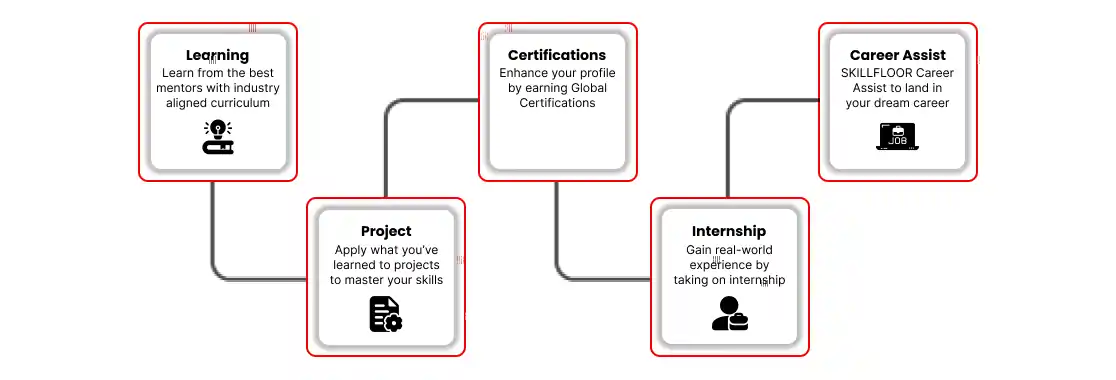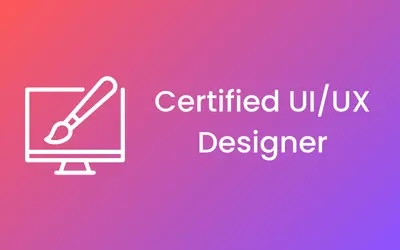Certified Graphic Designer
SF-DE-CGRD-1711
-

-
(280 Reviews)
- Design Skills: Learn the fundamentals of graphic design, including layout, typography, color theory, and composition.
- Career Opportunities: Position yourself for success in a variety of creative industries, including advertising agencies, design firms, marketing departments, and freelance opportunities.
- Experience Through Internships: Gain practical experience and build your portfolio through 1-Month Unpaid internship opportunities with leading design agencies and companies.







